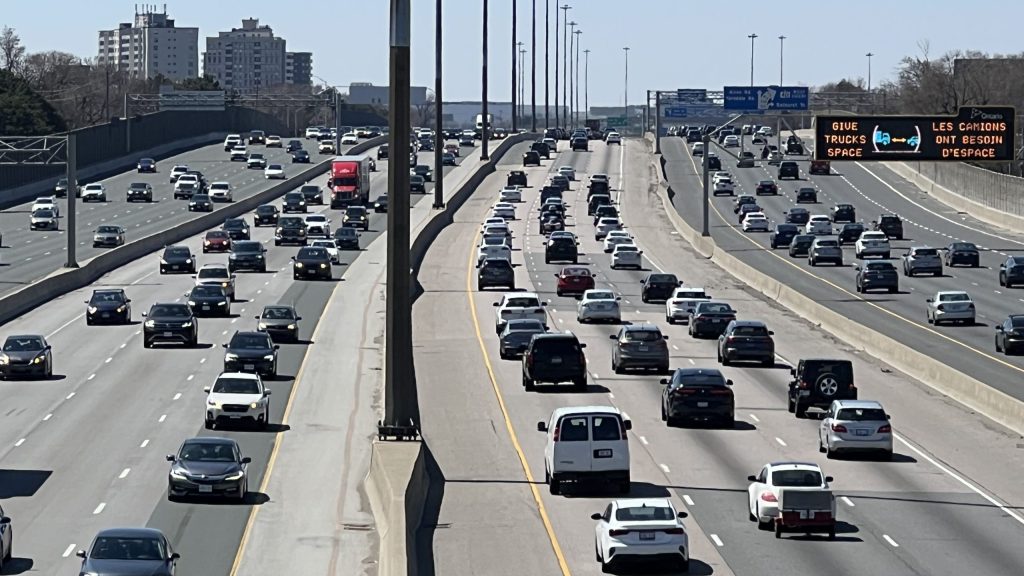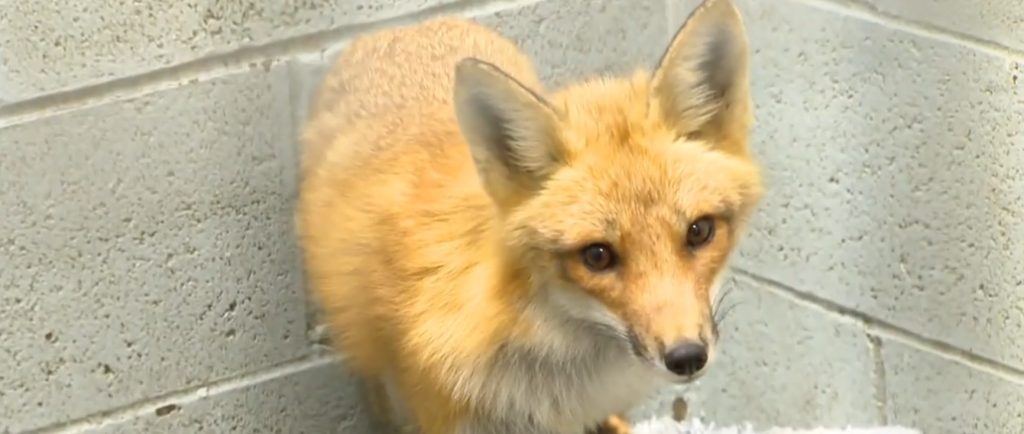Domtar under pressure as it can’t put through second round of paper price hikes
Posted July 24, 2014 10:17 am.
This article is more than 5 years old.
MONTREAL – Increased imports to North America are limiting Domtar’s ability to push through higher paper prices, the Montreal-based company’s chief executive said Thursday.
“That creates a slightly more competitive environment so we don’t have that expectation (of price increases) at this point,” said Domtar CEO John Williams.
Domtar successfully increased prices by at least US$40 per ton or about four per cent to US$1,010 last November. But North America’s largest supplier of office paper couldn’t follow that up with a further US$70 hike in March.
Although prices for some specialty grades were increased, customers rejected attempts for general hikes, Williams told analysts after Domtar released its second-quarter results.
Domtar (TSX:UFS) widely missed analyst expectations as it swung to a US$40-million profit despite higher costs.
Reporting in U.S. dollars, it earned 61 cents per share for the period ended June 30, compared with a loss of 69 cents per share or $46 million in the second quarter of 2013.
Excluding one-time litigation, closure and impairment charges, Domtar’s adjusted earnings in the same quarter last year were $16 million or 24 cents per share. There were no one-time costs in the second quarter of 2014.
Sales increased 5.3 per cent to $1.38 billion, compared with $1.31 billion last year, as revenue from personal care products more than doubled to $234 million. Pulp and paper sales were down four per cent to $1.16 billion.
Domtar shares closed at C$41.55, down $3.39 or nearly eight per cent in Thursday trading on the Toronto Stock Exchange.
Analyst Leon Aghazarian of National Bank Financial cut his target price 15 per cent to $55 on the “disappointing results.”
“We don’t expect a price increase in the foreseeable future and as such we reduce our estimates accordingly,” Aghazarian wrote in a report.
The company’s results were affected in the quarter by 51,000 tonnes of lack-of-order downtime, which resulted in higher costs.
Domtar said it will continue to balance output with demand and Williams told analysts he doesn’t expect plant closures will be needed unless demand craters and it loses market share.
Paper demand is continually falling as people increasingly turn to digital communication.
Williams said the company is prepared to take action if demand falls precipitously over time.
Closure isn’t the only option.
Domtar has previously spent US$135 million to convert mills in Plymouth and Marlboro from copier paper grades to fluff, for incontience products, and specialty papers.
“We’re also looking to do the best we can to maintain an earnings stream from the facilities.”
Domtar was expected to post 82 cents per share in adjusted earnings and 86 cents per share in net earnings on $1.43 billion of revenues in the quarter, according to analysts polled by Thomson Reuters.
Higher raw material costs at its personal care segment, which includes adult diapers, also negatively affected results.
“Despite improved year-over-year results, our financial performance compared to the first quarter was negatively impacted by higher scheduled maintenance and higher unit costs resulting from lack of order downtime in our paper system.”
The pulp and paper segment’s operating income increased to $69 million from $16 million a year ago, while personal care profit was $14 million, up from $10 million in the prior year.
Williams said the integration of Spain’s adult diaper maker Indas, acquired last year for about $565 million including debt, is progressing well and in line with expectations. He said Domtar’s capacity expansion plan for the segment continues to ramp up while new products are in the process of being launched.
Domtar expects paper volumes will decline with market demand, while global softwood pulp market are expected to remain balanced.
The diaper producer is adding some seven machines around the world that will increase production and improve results towards the end of the year. Input costs are expected to stay relatively stable for the second half of 2014.
Paul Quinn of RBC Capital Markets said the results were negative, as adjusted pre-tax operating income (EBITDA) was $175 million, compared to $195 million forecast by analysts.
At the end of the quarter, Domtar had $1.347 billion of net debt, while free cash flow in the quarter was $80 million.
Follow @RossMarowits on Twitter










